
There’s a reason cast-iron skillets are cherished by cooks everywhere—they’re both versatile and built to last. Yet, even the sturdiest pan has its limits. Some foods can cause damage or lead to frustration if you’re not careful. Curious about what else should stay out of your skillet? Keep reading to learn how to protect your trusty cast-iron companion!
Tomato Sauce
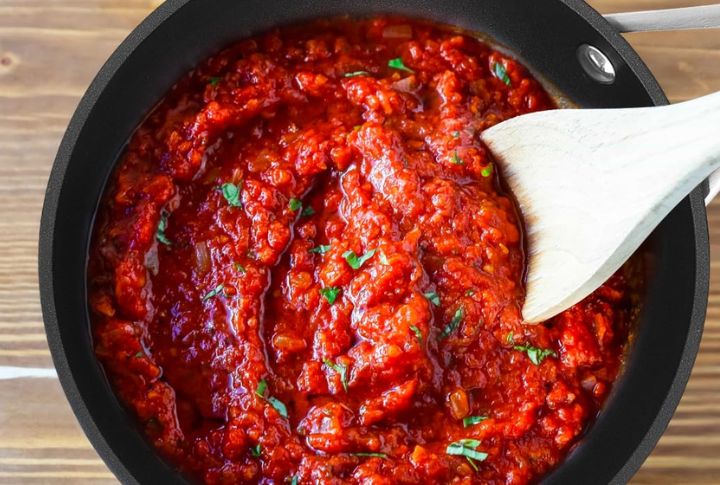
When tackling tomato sauce, your first decision is simple: regular or enameled cast-iron. If you’re using traditional cast-iron, recipe timing becomes crucial. It’s essential to keep those acidic sauces under 45 minutes to avoid metallic flavors and seasoning damage. Quick dishes like chicken parm are safe, but all-day simmering calls for enameled.
Delicate White Fish
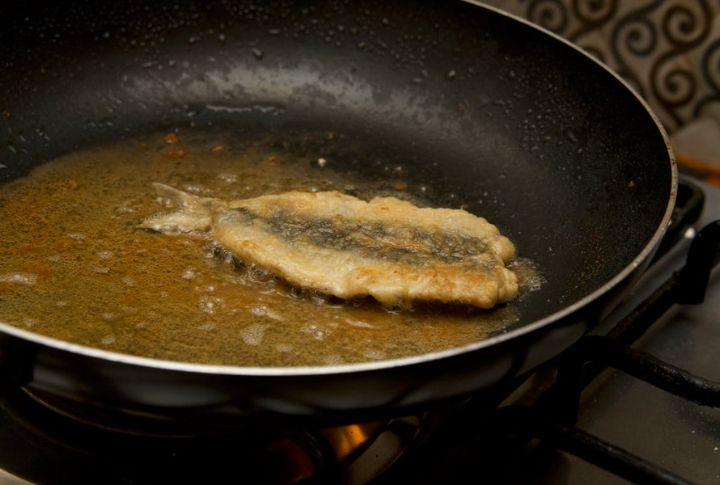
Delicate white fish and cast-iron skillets don’t make the best pair. Tender fillets like sole often stick to the surface and pull the pan’s protective seasoning off. That damage can lead to rust and uneven cooking. For delicate fish, use a nonstick pan; reserve cast iron for heartier cuts like salmon.
Scrambled Eggs
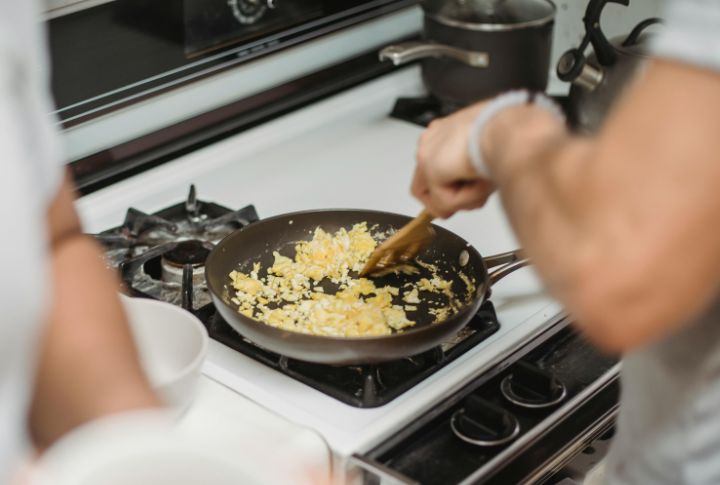
The evolution of egg cookware tells a deliciously revealing story: while cast iron pans excel at sunny-side-up performances, they’re notorious drama queens when it comes to scrambled eggs. The dish clings possessively, hoarding flavors from meals past. Meanwhile, modern nonstick pans make it easy to cook fluffy scrambled eggs without sticking.
Vinegar-Based Dishes (Like Reductions Or Glazes)
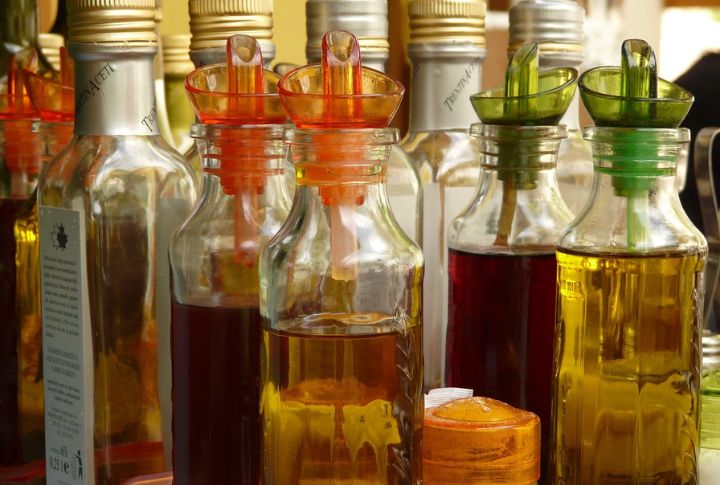
When vinegar comes into contact with cast iron, its acidity can quickly wear down the pan’s protective seasoning and cause rust to form. And it can even leave a metallic taste in your food. The good news is that the enameled versions are safe and let you cook acidic dishes without any risk.
Lemon Or Citrus-Infused Marinades
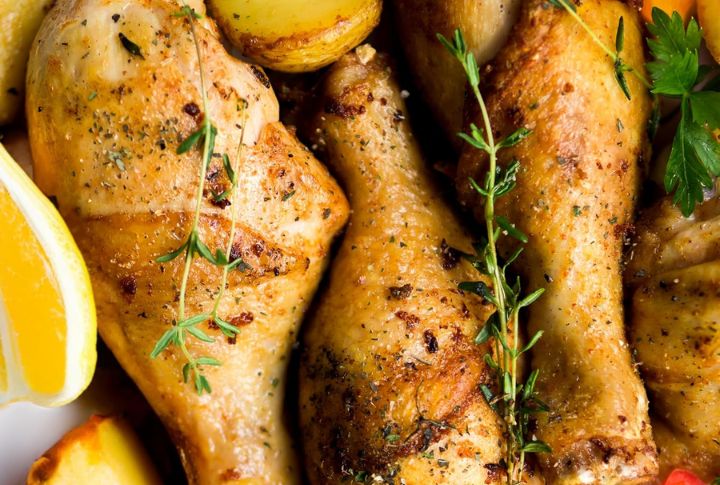
Cast iron’s legendary searing power makes it perfect for creating mouthwatering crusts on marinated meats. But here’s the twist: those zesty citrus marinades can actually break down your pan’s seasoning and spark rust when left overnight. The winning strategy? Let stainless steel or glass handle the marinade magic, then finish with cast iron’s sizzling touch.
Cheesy Pasta Bakes
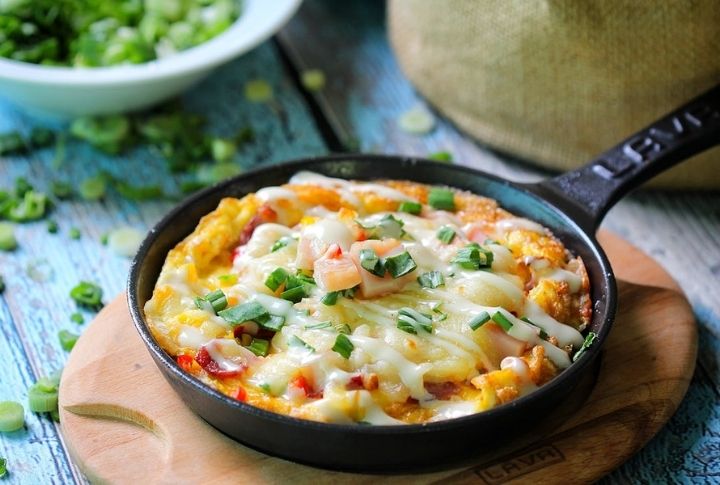
Cheese-laden pasta dishes might seem harmless, but cast iron disagrees. As the dairy melts and crisps, it clings fiercely to the surface, creating a cleanup nightmare. Add in the usual tomato base—already a known troublemaker for cast iron—and you’ve got a recipe for a stubborn, sticky mess.
Highly Sugary Glazes Or Sauces
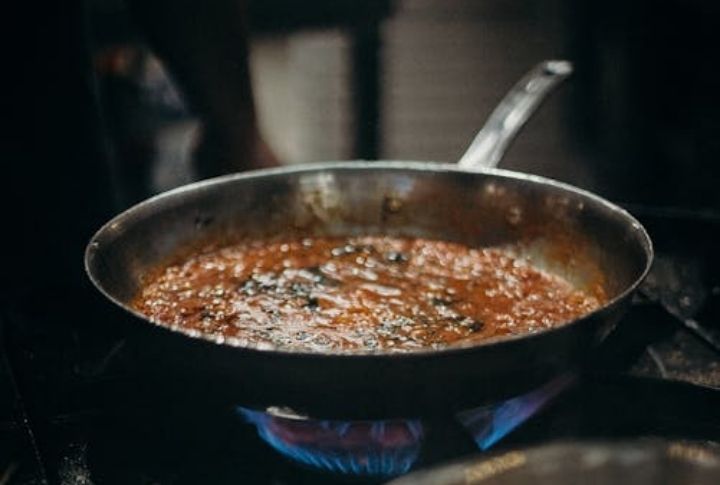
When sweet glazes hit a hot cast-iron pan, they caramelize instantly and cling to the surface. The leftover sugar soaks into the seasoning and alters future flavors. Even gentle reheating can cause the residue to smoke and give food a sharp, burnt taste.
Sticky Desserts
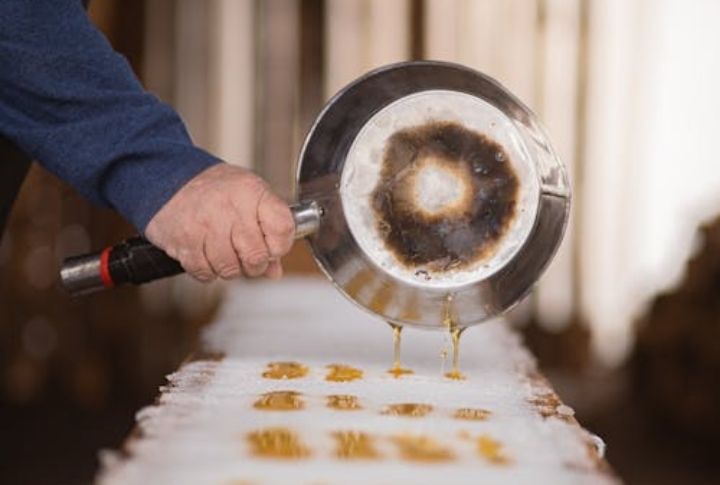
Sticky desserts like caramel or toffee look innocent until cleanup begins. Once cooled, they grip the pan like superglue and refuse to budge. That mess can also scorch the layer and ruin your next meal. Save yourself the elbow grease—use nonstick or silicone bakeware instead.
Wine-Based Sauces
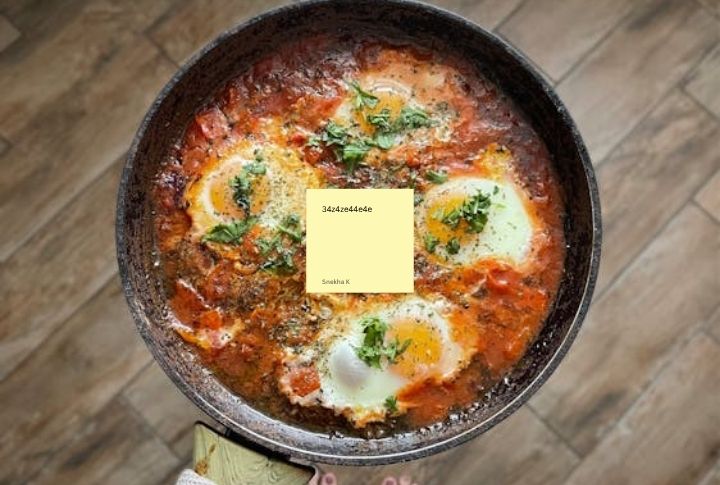
A quick splash of wine to deglaze your cast iron creates instant flavor magic, but beware the long simmer—those same acids that lift delicious browned bits can gradually strip your pan’s seasoning and leave an unpleasant metallic taste. For extended wine-based sauces, reach for stainless steel or enameled cookware instead.
Long-Simmering Soups
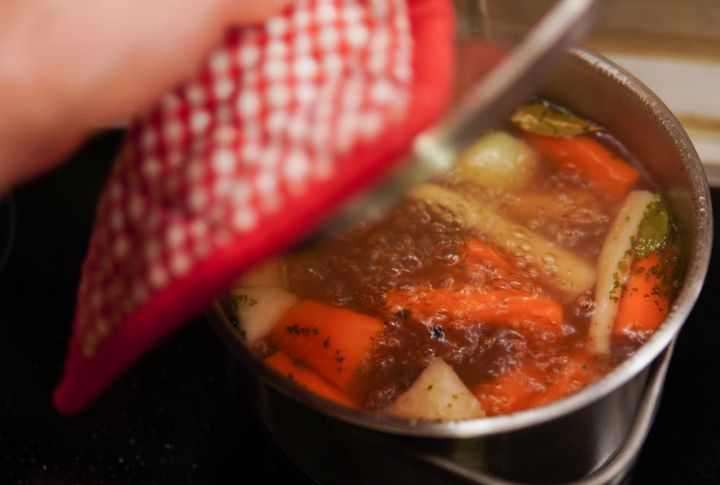
Cast iron’s legendary heat retention isn’t always a blessing. Once that pot gets going, it stays scorching, causing broths to reduce faster than intended. Delicate flavors end up overconcentrated, salt becomes overpowering, and the gentle harmony of your soup turns into a one-note, overly seasoned mix.

